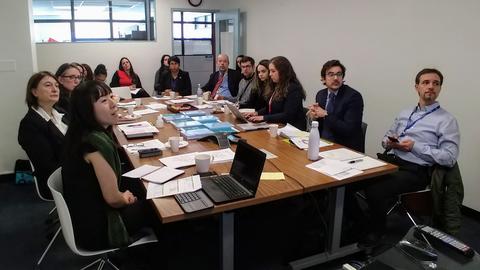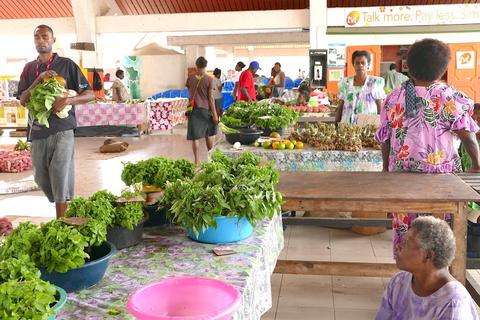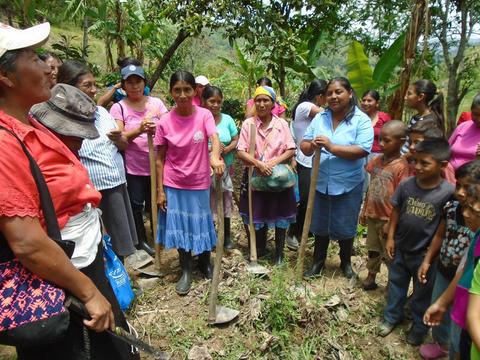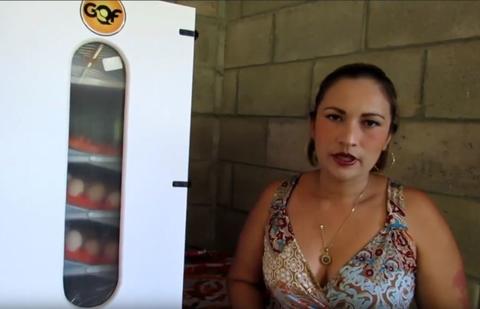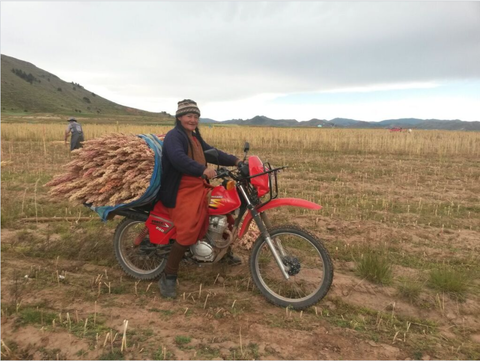March 16, 2018
President of the General Assembly visits “impressive” SDG Fund’s joint programme in Colombia
On March 15, 2018, the President of the 72nd Session of the Miroslav Lajcák, paid a special visit to Totoró, Colombia, for to learn first have of the UN joint work in the southern territories of the region of Cauca. The SDG Fund’s joint programme “Productive and Food-Secure Territories for a Peaceful and Resilient Cauca” has brought together four UN agencies – UNDP, UN Women, WFP, and FAO – to build peace by creating new jobs, improving nutrition through sustainable agriculture, and empowering women in rural areas. Contributions from Spain, the Colombian government and the governorship of Cauca have financed the initiative.
In the words of Miroslav Lajcák, the progress in Colombia’s Cauca territories has been “truly inspiring.” “I’ve seen how indigenous communities and UN agencies can come together to build peace by promoting social cohesion, empowering women and providing agricultural training.” “Impressive!” was the term he used on social media to describe his experience.
Inspiring visit to western #Colombia! Saw how indigenous communities work w/ @UN on #SustainingPeace through social cohesion, women's empowerment & agricultural capacity building. Impresionante! #peace72 pic.twitter.com/SVAwrmXh4p
— UN GA President (@UN_PGA) 16 March 2018
Years of armed conflict have taken their toll on Colombia’s Cauca territories. During his visit, the President of the General Assembly observed the vital role of sustainable development goals toward attaining peace. Oscar Campo, governor of Cauca, noted that “this visit has been extremely important for the region. It showed that the world has been touched by our journey of reconciliation in Cacua.” He added, “today is a special day. It’s no secret that peace was hanging in the balance.”
The senior diplomat visited the Nasa indigenous communities in the town of Totoró, whose residents concurred that his visit has represented a positive turning point for the region: “In the past, armed conflict, bombs and confrontation were the words used to describe this country. Today, we are in the headlines because we’ve turned a new corner. Our region now symbolises development and productivity.” Totoró resident María Quilindo was among the participants who benefited from the SDG Fund joint programme. She shared her experiences with the dignitary as a real-life example of how international cooperation has rebuilt the economic fabric of her community.
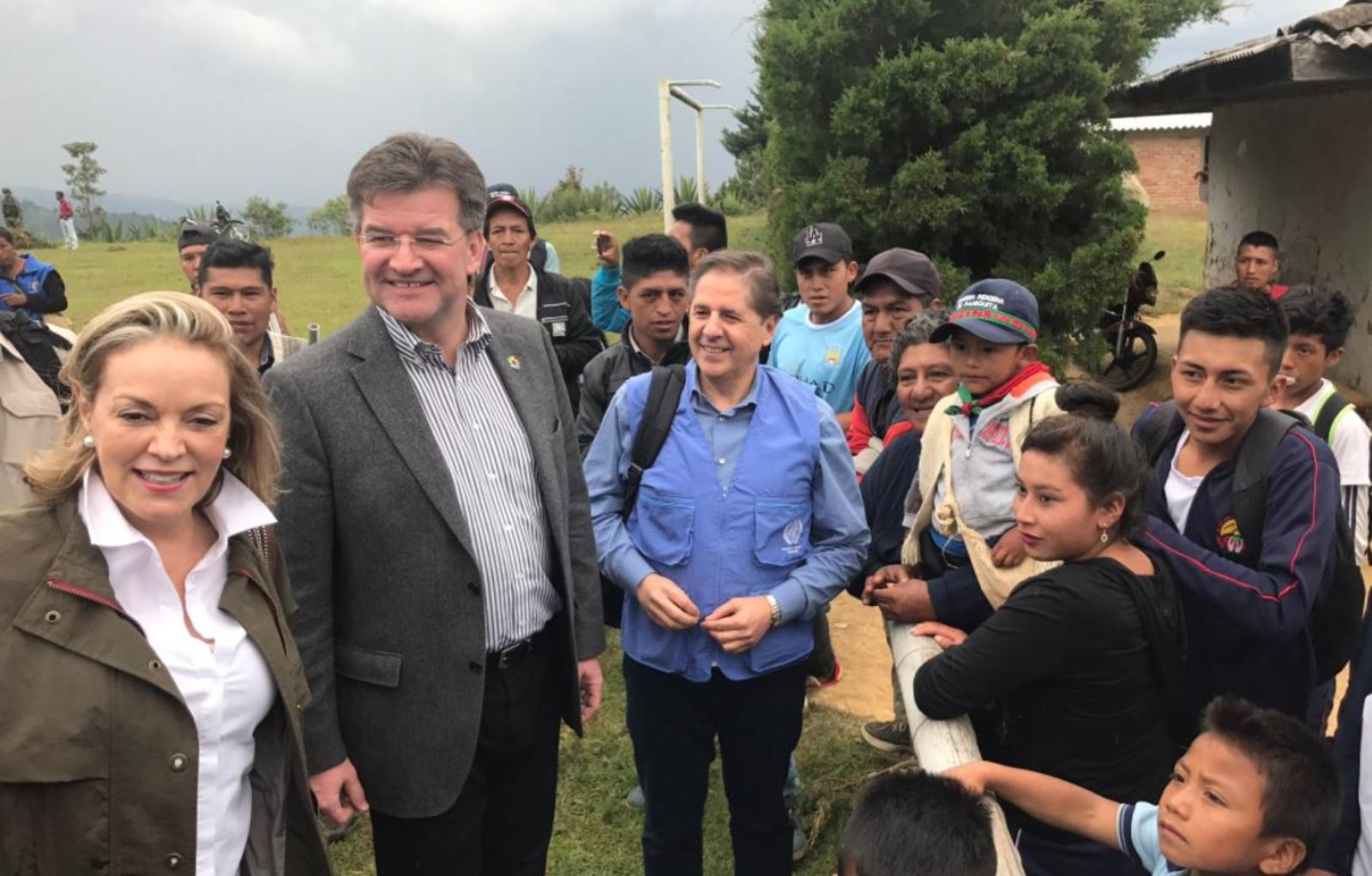
Photo: Miroslav Lajcák, president of the General Assembly, María Emma Mejía, Ambassador of Colombia to the UN and Martín Santiago, Resident Coordinator, speak with residents of Totoró during the UN visit to Cauca
A joint effort of the Colombian Ministry of Agriculture and the Governorship, the UN programme has promoted economic and social progress in vulnerable regions like Almaguer, Bolívar, San Sebastián and Totoró. With a total budget of more than $3 million, the programme supported more than 1,000 families, 20 organisations and four indigenous communities.
One of the programme’s top priorities was the empowerment of the women in the Cauca region. During this “historical visit”, Colombian Ambassador to the United Nations María Emma Mejía underscored the vital role of women in the programme’s success, noting “rural women are playing an essential role in keeping families together and united during the conflict.”
This innovative collaboration has sparked a number of positive effects: nutrition has improved, female coffee growers like Mercedes Ruiz have increased their production and income, young people have contributed to the reforestation and safeguarding of water sources and a crucial territorial water pact was signed. These notable achievements exemplify how UN joint programmes can positively impact communities and contribute toward several SDGs at the same time.
Lajcák’s message was clear: “You have accomplished something extremely important. You put an end to the war and today you are working together for the good of your territories. I came here personally to express my profound admiration and support. Living in peace benefits you, your families and your children, and of course, the United Nations is here to help.”
National Strategy to Achieve SDGs
Colombia has designed a national strategy to achieve SDGs. Approved by the National Council on Economic and Social Policy (“CONPES” for its initials in Spanish), the document “Strategy for the Implementation of Sustainable Development Goals in Colombia” highlights four fundamental pillars: follow-up and reporting, territoriality, alliances among non-governmental stakeholders, and open data access.
“I would like to express my heartfelt thanks on behalf of all Colombians for the United Nations support on a process that includes two main fronts: achieving peace and working toward sustainable development goals. Following this CONPES roadmap, we have established goals for 2030 and granted regions special responsibilities. Fighting poverty in Bogotá isn’t the same as in Chocó, so we thought it would be far more effective to adopt regional strategies” affirmed the President Juan Manuel Santos.
The President of the 72nd Session of the UN General Assembly added, “Colombia has been a pioneer in the design of Agenda 2030 and now in its implementation. It presented a national strategy – the first delivered two years ago before the General Assembly – and this year will present its progress thus far.” In order to reach the transformational principles embodied in Agenda 2030, the president underscored the importance of adapting them on to local circumstances and fostering an open and inclusive approach to engage local governments, civil society and the private sector in the effort.
ODS en Acción - Agricultura y paz en Colombia
Elaborado a partir de contenidos e imágenes de Naciones Unidas en Colombia y cobertura de la visita en medios de comunicación

